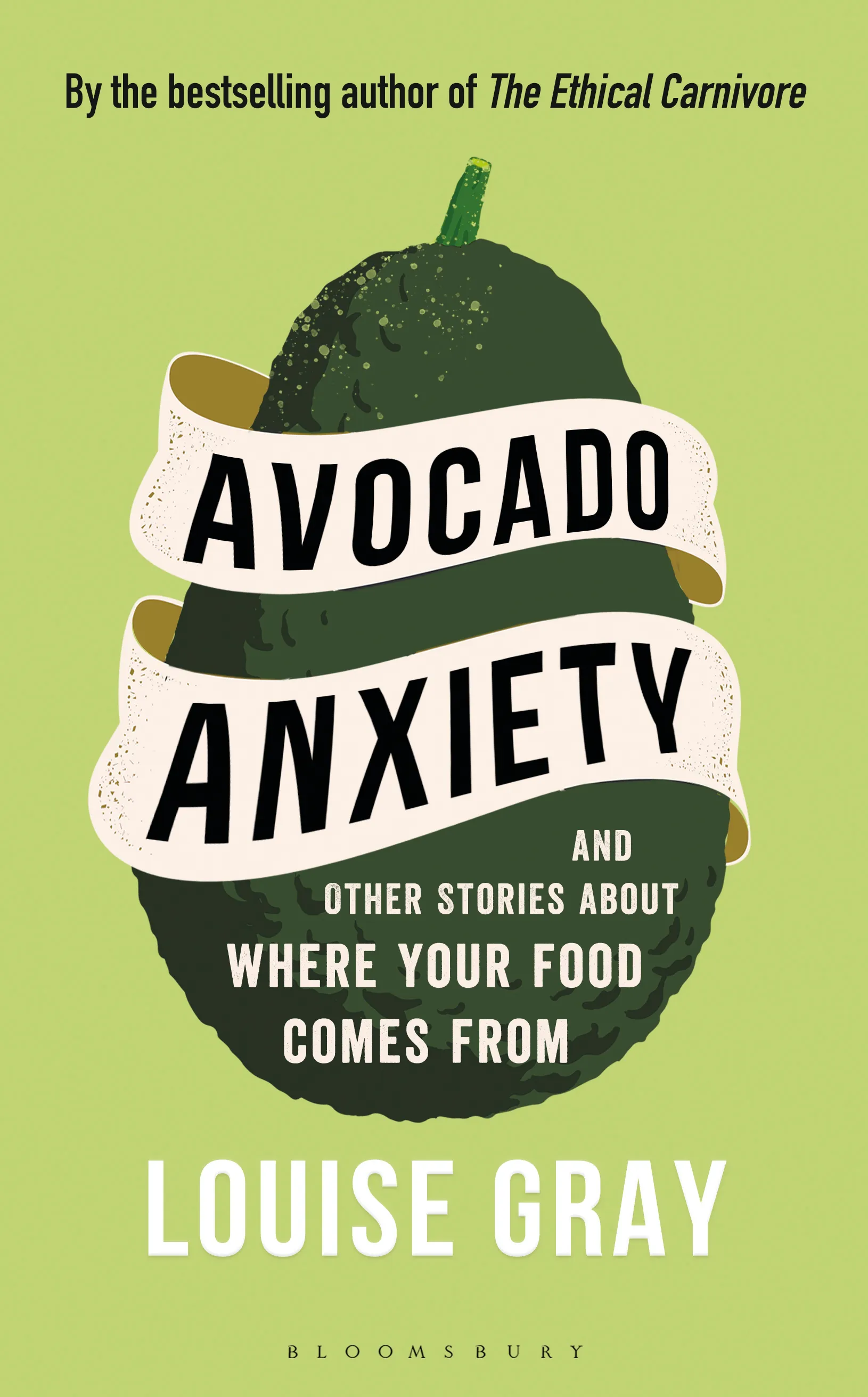In 2016, British writer Louise Gray published "The Ethical Carnivore," a book that asked the question, "If you had to kill it yourself, would you still eat it?" She's back with a new book, "Avocado Anxiety: And Other Stories About Where Your Food Comes From," which explores the food chain, from start to finish, for a cornucopia of vegetables and fruits. How is it possible to have strawberries year-round? How far did your green beans travel to get to your plate? What does that "fair trade" sticker on your banana even mean?
Buying beans grown in Kenya and asparagus and avocados that come from Peru is standard, says Gray. Even with that distance, vegetables and fruits have a relatively low carbon footprint. Meat is the bigger culprit. What's the lowest hanging fruit in terms of reducing carbon emissions? Eliminating food waste.

Louise Gray investigated 12 fruits and vegetables and their carbon footprint when researching "Avocado Anxiety: And Other Stories About Where Your Food Comes From." Photo courtesy of Bloomsbury.
